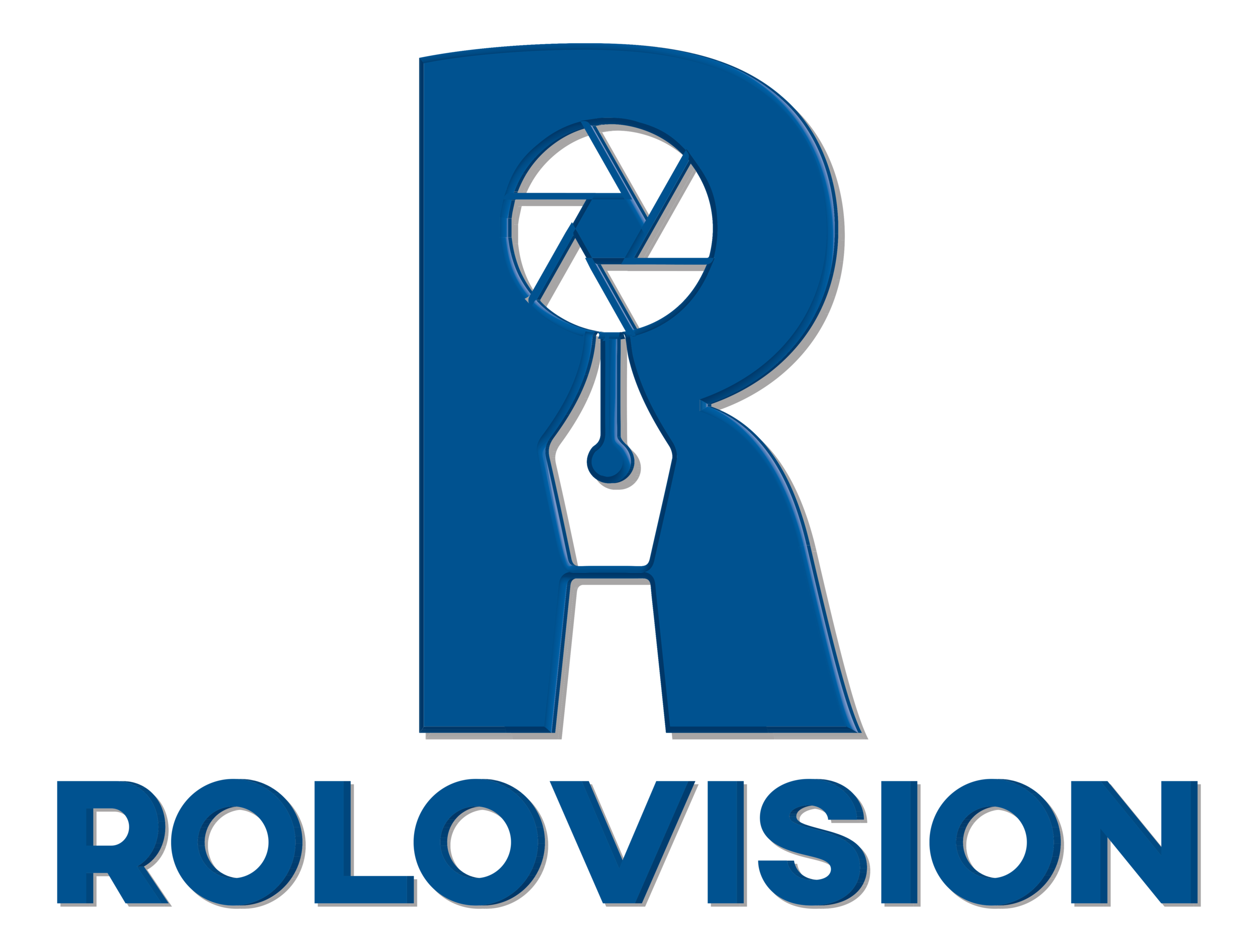From Breakdowns to Breakthroughs: Strategies for Improved Interdepartmental Collaboration
From Breakdowns to Breakthroughs: Strategies for Improved Interdepartmental Collaboration
Photo by Pexels
Collaboration and communication between departments are critical to the success of any organization. Unfortunately, despite the best efforts of management, many organizations still struggle with communication and collaboration between departments. Misunderstandings, missed deadlines, and a lack of alignment can cause significant delays and wreak havoc on the company's bottom line. This is why it is essential to establish clear strategies to improve interdepartmental communication and collaboration.
In today’s post on the Rolovision blog, we look at several ways small business owners can facilitate better team collaboration and communication, which not only helps to support staff in their roles but also the bottom line.
Determine Pain Points
The first step in improving interdepartmental communication and collaboration is to identify the common pain points that arise within the organization. These include:
Lack of clarity in roles and responsibilities: Different departments may have different interpretations of their roles and responsibilities, leading to confusion and misunderstandings.
Poor coordination and planning: When departments fail to coordinate their efforts effectively, projects can fall behind schedule, and deadlines can be missed.
Insufficient communication: Communication breakdowns can happen when departments are working in isolation, leading to a lack of cooperation and synergy.
Identify Specific Communication Objectives
To address these pain points, it is crucial to establish clear communication goals across the organization. Set specific objectives for each department to share information, coordinate efforts, and stay on top of deadlines. This can be achieved by establishing standardized metrics that measure communication effectiveness and tracking progress over time.
Set Regular Interdepartmental Meetings
Regular cross-departmental meetings can facilitate communication and collaboration between teams. These can be in the form of weekly updates or monthly meetings, where each department provides an overview of its latest progress and challenges. These meetings should be focused on identifying areas where teams can collaborate and work together to achieve specific goals.
Foster a Culture of Open Communication
It's no secret that corporate culture plays a vital role in developing effective interdepartmental communication and collaboration. Organizations that encourage open communication and information sharing tend to have higher levels of teamwork and collaboration. Therefore, it's essential to foster a culture of transparency and open dialogue to encourage employees to share their ideas and insights.
Encourage More Positive Leadership
Positive leadership plays a crucial role in improving interdepartmental communication and collaboration. A positive leader sets a supportive and open atmosphere where employees feel comfortable sharing ideas and concerns across departments. They encourage active listening, respect different perspectives, and promote teamwork. By fostering trust and a shared sense of purpose, positive leaders enhance communication, boost morale, and drive collaboration, leading to greater efficiency and success within the organization.
Guidelines and Expectations Should Be Clear
Implementing clear guidelines and expectations can help reduce confusion and ensure that everyone is on the same page. This can include establishing protocols for sharing information, project milestones, and decision-making processes. Departments should be encouraged to document their processes and update them regularly to ensure that everyone has the most up-to-date information.
Make Document Management a Cinch
A document management system can be a useful tool for improving interdepartmental communication and collaboration. This system can help streamline communication by making it easy for employees to access and share information. It can also facilitate version control and ensure that everyone is working off the same document. Using an online tool to convert files to a PDF format can simplify the document exchange process, as PDFs are easily accessible, secure, and compatible across different devices and operating systems.
Fostering better interdepartmental communication and collaboration should be a top priority for any organization. By identifying common pain points, creating a culture of open communication, implementing a document management system, and more, organizations can enhance collaboration and communicate more effectively across departments. With these strategies in place, companies can improve overall performance, reduce costs, and achieve their business objectives.
"Written by: Jennifer McGregor, Publichealthlibrary.org"

